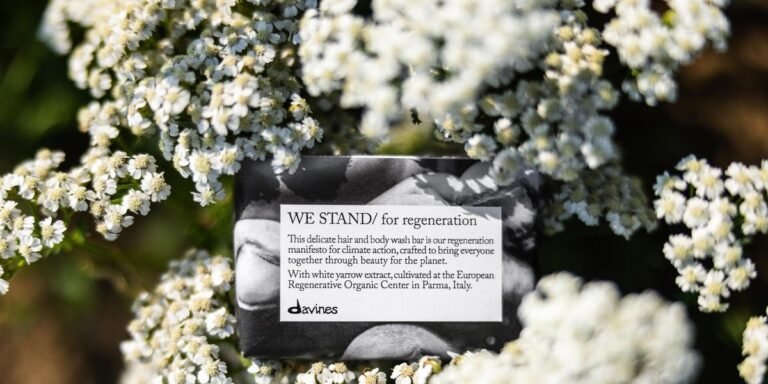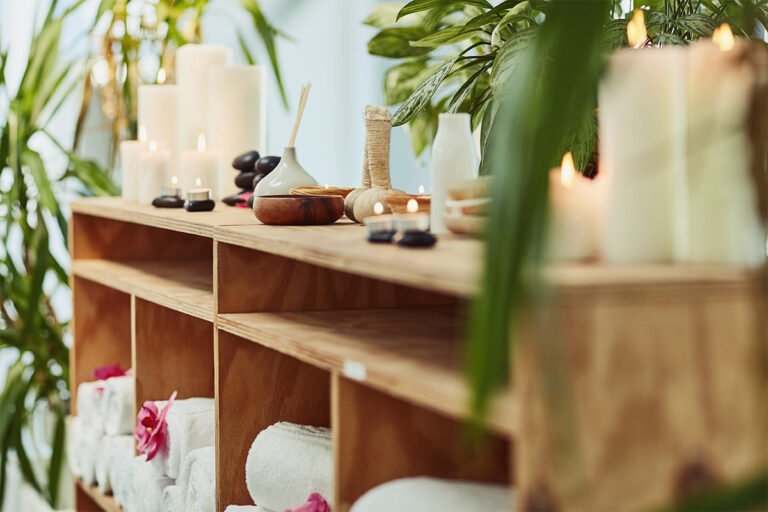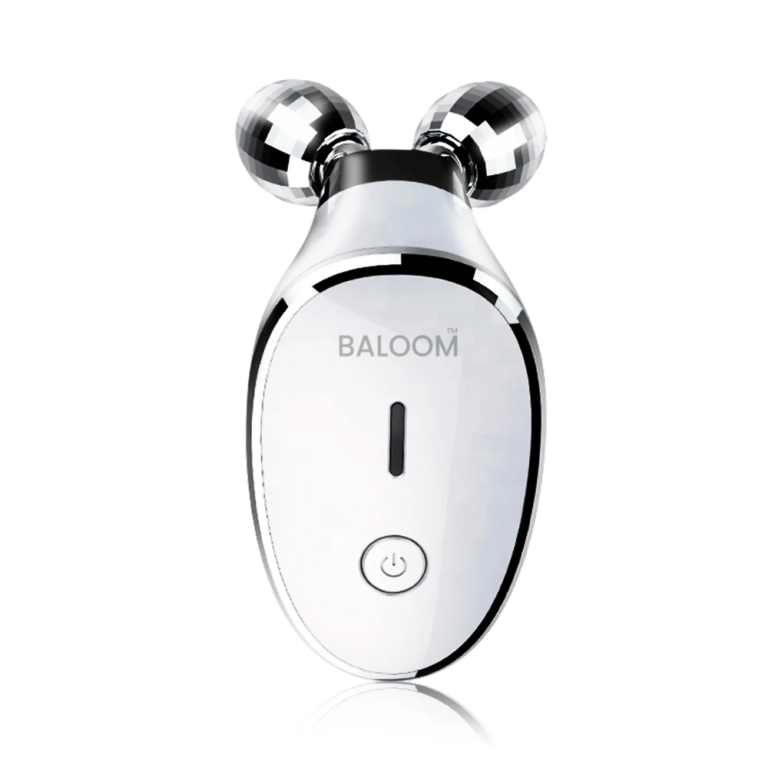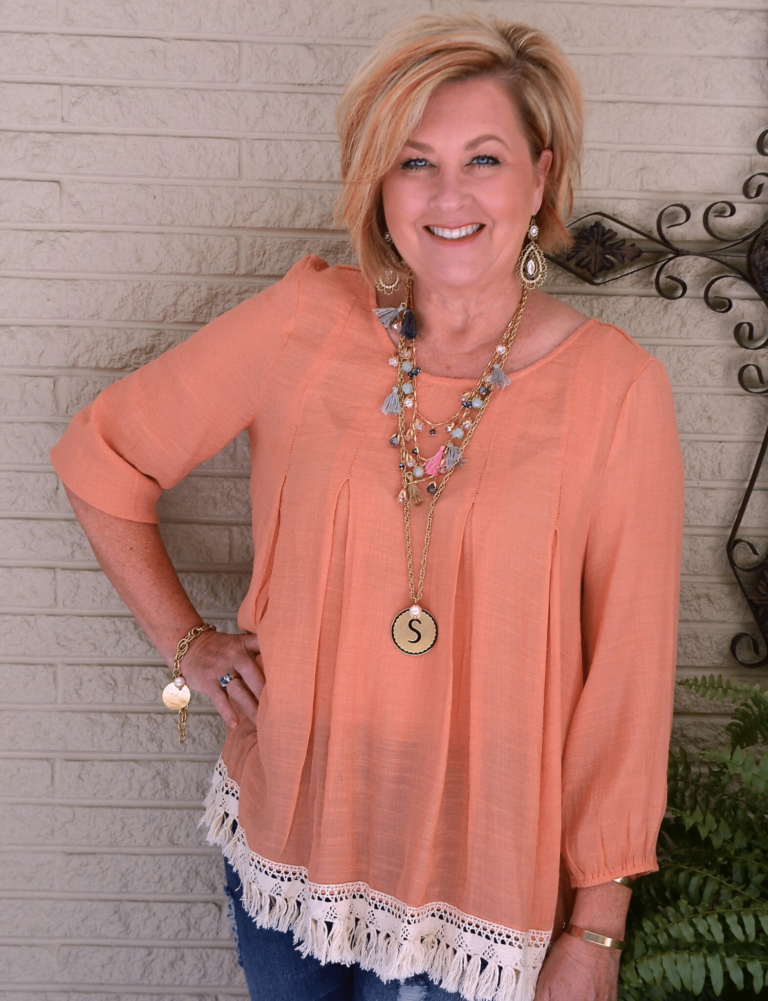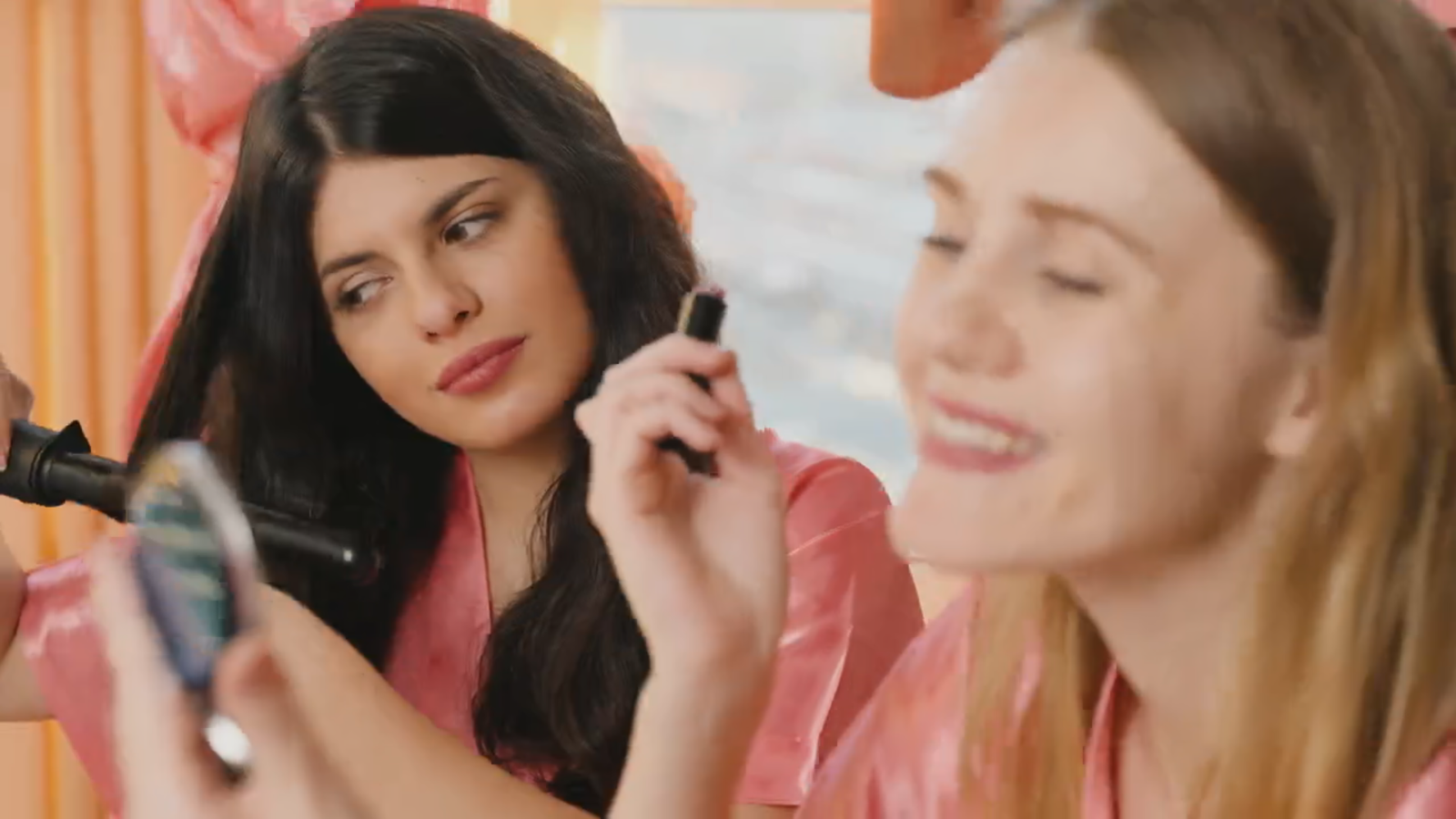How to Identify Your Skin Undertone, According to Makeup Artists

Introduction
The skin undertone is an often overlooked but crucial aspect of choosing the right makeup shades. Professional makeup artists emphasize the significance of understanding your skin undertone to achieve a seamless and flattering makeup look.
Knowing your skin undertone is essential for achieving a seamless and flattering makeup look, as recommended by professional makeup artists.
In this article, we will explore the most effective methods shared by makeup artists to help you determine your undertone accurately.
“Understanding your skin undertone is the key to unlocking the perfect makeup shades that enhance your natural beauty. Let’s delve into the world of warm, cool, and neutral undertones to discover which category you fall into and how it can revolutionize your makeup routine.”
Understanding Warm, Cool, and Neutral Undertones
When it comes to identifying skin undertones, it’s essential to understand the three main categories: warm, cool, and neutral. Each of these undertones plays a significant role in how makeup colors appear on the skin’s surface and can greatly impact the overall makeup look.
Makeup artists emphasize the importance of working with different undertones to enhance the overall makeup look. They often tailor their color choices and application techniques based on an individual’s specific undertone to achieve the most flattering results.
Characteristics of Each Undertone Category
Warm Undertones
- Golden or Olive Tint: Warm undertones are characterized by hints of yellow, peach, or gold. For instance, individuals with olive skin fall under this category.
- Vein Color: Green veins are often more visible on individuals with warm undertones.
- Sun Reaction: Those with warm undertones tend to tan easily under the sun.
Cool Undertones
- Rosy or Blue Tint: Cool undertones manifest as pink, red, or blue hues in the skin. This is especially true for some Asians who have cooler undertones.
- Vein Color: Bluish or purplish veins are typically more noticeable on individuals with cool undertones.
- Sun Reaction: People with cool undertones are prone to burning rather than tanning when exposed to sunlight.
Neutral Undertones
- Balanced Hues: Neutral undertones exhibit a balanced mixture of warm and cool tones.
- Vein Color: Individuals with neutral undertones may observe a combination of green and blue veins.
- Sun Reaction: Their skin’s response to the sun may vary or fall between that of warm and cool undertones.
Understanding these common characteristics can help readers identify which category their skin undertone aligns with. This knowledge is crucial for selecting makeup shades that complement their natural hues and create a harmonious overall appearance. Additionally, some individuals might find season color analysis helpful in determining their undertones and selecting suitable makeup colors.
Methods Recommended by Makeup Artists for Identifying Your Skin Undertone
When it comes to determining your skin undertone, makeup artists have shared several tried-and-true methods that can help you identify whether you have warm, cool, or neutral undertones. Each method provides valuable insights and can be used in combination for a more accurate assessment. Let’s explore these methods recommended by professionals:
1. The White T-Shirt Method
This popular technique is favored by makeup artists for its simplicity and effectiveness. Here’s how you can perform the white t-shirt test:
- Start by removing any makeup from your face and neck.
- Stand in front of a mirror with natural lighting.
- Take a plain white t-shirt or towel and hold it against your face and neck.
- Observe how the color of the fabric interacts with your skin. Pay attention to any noticeable changes in your complexion.
Example: If your skin appears more vibrant and radiant against the white fabric, you likely have warm undertones. On the other hand, if your skin looks brighter and fresher against the white fabric, you may have cool undertones.
2. Observing Sun Reactions
Sun exposure can provide valuable clues about your undertone. Here’s how you can effectively observe changes in your skin color after being in the sun:
- Spend some time outdoors in natural sunlight without sunscreen.
- Pay close attention to any changes in your skin’s hue or intensity of tan.
- Notice if your skin tends to turn golden or bronze easily (indicating warm undertones) or if it appears more pink or burns easily (indicating cool undertones).
3. Using Jewelry as a Guide
The colors of metals and gemstones can also indicate specific undertones. Here’s how you can use jewelry to help determine your undertone:
- Gather a variety of jewelry pieces in different metals such as gold, silver, and rose gold.
- Try on each piece and observe how your skin reacts to each metal.
- Pay attention to which metal makes your skin appear more radiant and harmonious.
Example: If gold jewelry enhances your complexion and brings out a warm glow, it suggests that you have warm undertones. Conversely, if silver jewelry complements your skin tone and gives you a fresh appearance, it indicates cool undertones.
4. Checking Vein Coloration
The color of your veins can provide valuable insights into your undertone. Here’s how you can examine your veins to determine your undertone:
- Find natural lighting where you can easily see the veins on the inside of your wrist.
- Observe the predominant color of your veins.
Example: If your veins appear more greenish, it suggests warm undertones. If they appear more bluish or purplish, it indicates cool undertones. Neutral undertones may show a mix of both green and blue.
5. Taking into Account Eye and Hair Color
Your eye and hair colors can also provide clues about your undertone. Here’s how these features relate to undertones:
- Warm Undertones: People with warm undertones often have eyes that are brown, amber, hazel, or green with golden flecks. Their hair tends to be
Enhancing Your Makeup Looks with the Right Color Palettes
Wearing makeup shades that harmonize with your undertone is crucial for achieving a cohesive and flattering makeup look. Professional makeup artists emphasize the importance of selecting undertone-based cosmetics to enhance your natural features and create a seamless finish. Here are some guidelines and recommendations from experts on how to choose the right color palettes for your specific undertone, along with additional resources on how to determine your skin tone before buying face products and identifying undertones for Asians:
Foundation, Concealer, and Powder Shades
1. Warm Undertones
If you have warm undertones, opt for foundation, concealer, and powder shades that have a golden or peachy undertone. These shades will complement your skin’s natural warmth and create a radiant complexion. Look for products labeled as “warm” or “golden” in their shade descriptions.
Expert-Recommended Products: Makeup artists often recommend foundations like NARS Sheer Glow Foundation in the shade “Punjab” or MAC Studio Fix Fluid Foundation in the shade “NC30” for those with warm undertones. These products provide a beautiful golden hue that enhances warmth in the skin.
2. Cool Undertones
For cool undertones, choose foundation, concealer, and powder shades with pink or blue undertones. These shades will help neutralize any redness in your skin and create a fresh, porcelain-like finish. Look for products labeled as “cool” or “rosy” in their shade descriptions.
Expert-Recommended Products: For cool undertones, professionals suggest trying out foundations like Fenty Beauty Pro Filt’r Soft Matte Longwear Foundation in the shade “150” or Estée Lauder Double Wear Stay-in-Place Makeup in the shade “Cool Bone.” These foundations offer a cool-toned base that complements the skin’s natural undertones.
3. Neutral Undertones
If you have neutral undertones, consider yourself lucky because you can pull off a wide range of shades! Neutral undertones can experiment with both warm and cool-toned foundations, concealers, and powders. Choose shades that are neither too yellow nor too pink to achieve a balanced look.
Expert-Recommended Products: If you have neutral undertones, you can experiment with a wide range of foundations. Consider trying out versatile options like Maybelline Fit Me Matte + Poreless Foundation in shades like “220 Natural Beige” or Lancôme Teint Idole Ultra Wear Foundation in shades like “320 Bisque W.”
Eyeshadow Palettes, Blushes, and Lip Colors
When it comes to eyeshadows, blushes, and lip colors, following the undertone principles can help you choose shades that enhance your features and create a harmonious makeup look.
1. Warm Undertones
Opt for eyeshadow palettes with warm tones like golds, coppers, and bronzes. These shades will bring out the warmth in your complexion and make your eyes pop. For blushes, go for apricot or coral shades to add a natural flush to your
Conclusion
Understanding your skin undertone is key to achieving a seamless and flattering makeup look. By knowing whether you have warm, cool, or neutral undertones, you can choose colors that harmonize with your skin and enhance your overall appearance.
Here are some final thoughts to consider:
- Embrace your unique undertones: Instead of viewing your undertone as a limitation, embrace it as a tool to enhance your makeup choices. Understanding your undertone allows you to make informed decisions when selecting foundation, concealer, powder shades, eyeshadow palettes, blushes, and lip colors.
- Experiment and express yourself: While it’s important to choose colors that flatter your undertone, don’t be afraid to step out of your comfort zone and experiment with different hues. Makeup should be fun and expressive, so feel free to try new looks and express your individuality.
- Share your favorite undertone-flattering makeup look: Show off your creativity by sharing your favorite makeup look on social media. Use a designated hashtag to connect with others who are also exploring their undertones and inspire them with your unique style.
- Explore further resources: If you’re interested in diving deeper into advanced makeup techniques or learning from professionals in the field, there are plenty of resources available online. Take advantage of tutorials, blogs, and videos from makeup artists to expand your knowledge and refine your skills.
Remember, identifying your skin undertone is just the first step in creating a beautiful makeup look. With this knowledge in hand, you can confidently select shades that complement your skin and create a makeup look that truly enhances your natural beauty.



